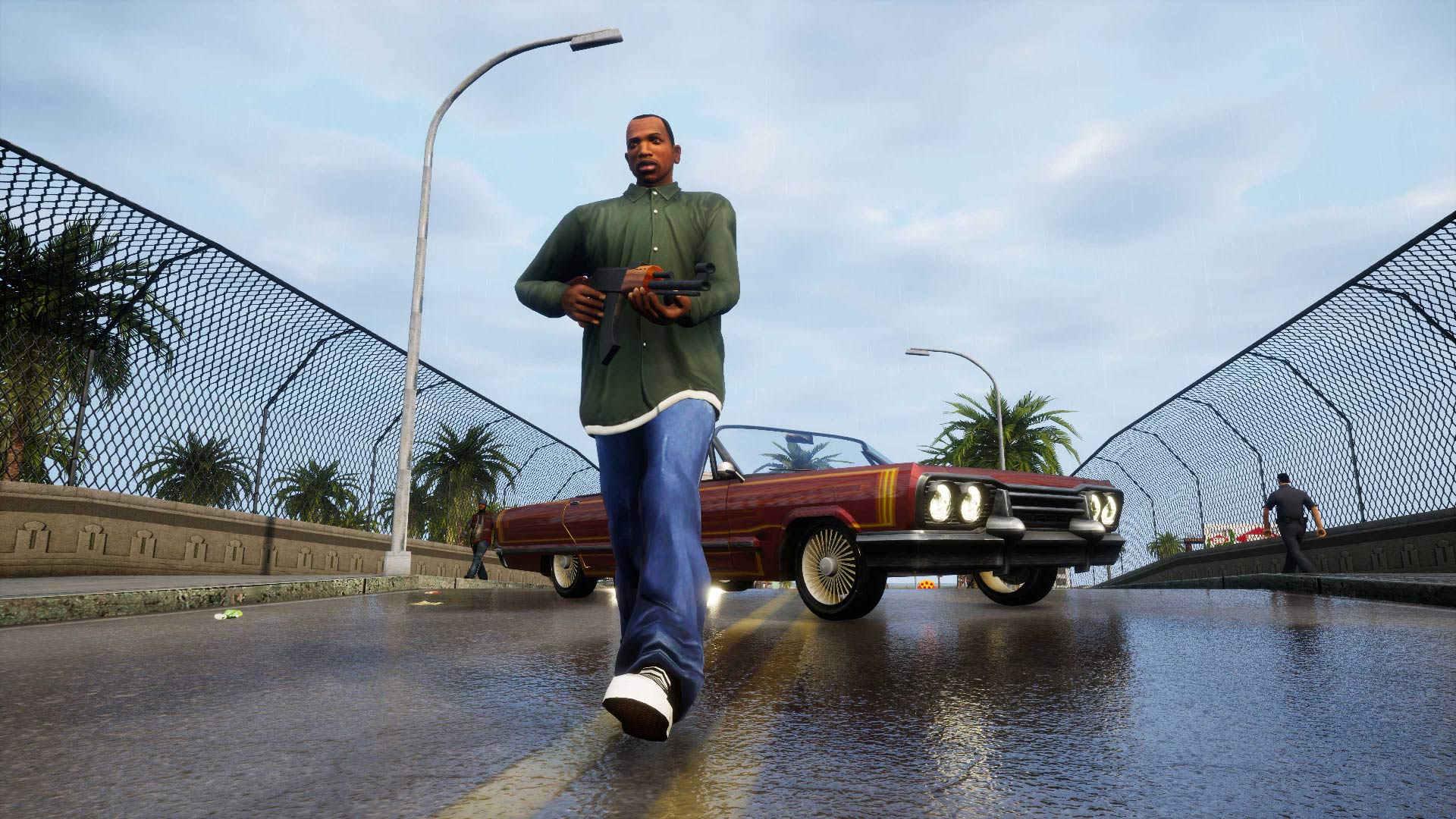When something seems too good to be true, it often is. That’s exactly how many felt about Microsoft’s Xbox Game Pass when the Xbox Series X/S hit the market. It promised an extraordinary library, including brand-new releases from Microsoft, all for the low price of ten bucks a month—a deal too sweet to ignore.
Fast forward a few years, and those prices have been creeping up, in tandem with global financial struggles post-pandemic. By 2023, the Game Pass for consoles rose to $11, and the Ultimate version—which expands access to PC games—was bumped up to $16.99. Even with Microsoft’s monumental $69 billion acquisition of Activision Blizzard, these hikes seemed reasonable, barely outpacing inflation.
But then 2024 brought a twist. Come July, Microsoft announced a hefty price increase for Game Pass Ultimate, jumping from $17 to $20—a steep 18% hike, surpassing inflation significantly. To make matters worse, they scrapped the cheaper $11 console-only tier, replacing it with Game Pass Standard. This new tier cost $15 but didn’t include those coveted day-one game releases, effectively upping the price by nearly 50% for a less appealing package.
For hardcore gamers who relied on Game Pass to dive into the full library and enjoy new releases from Microsoft, this meant their monthly cost shot up from $11 to $20. It felt like a direct consequence of that massive Activision Blizzard deal—adding salt to the wound.
By 2024, Xbox Game Pass had transitioned from one of gaming’s greatest bargains to a source of frustration, with yearly costs soaring to $240 and no annual discounts in sight. This shift left many feeling more than a little miffed. – John Walker















































